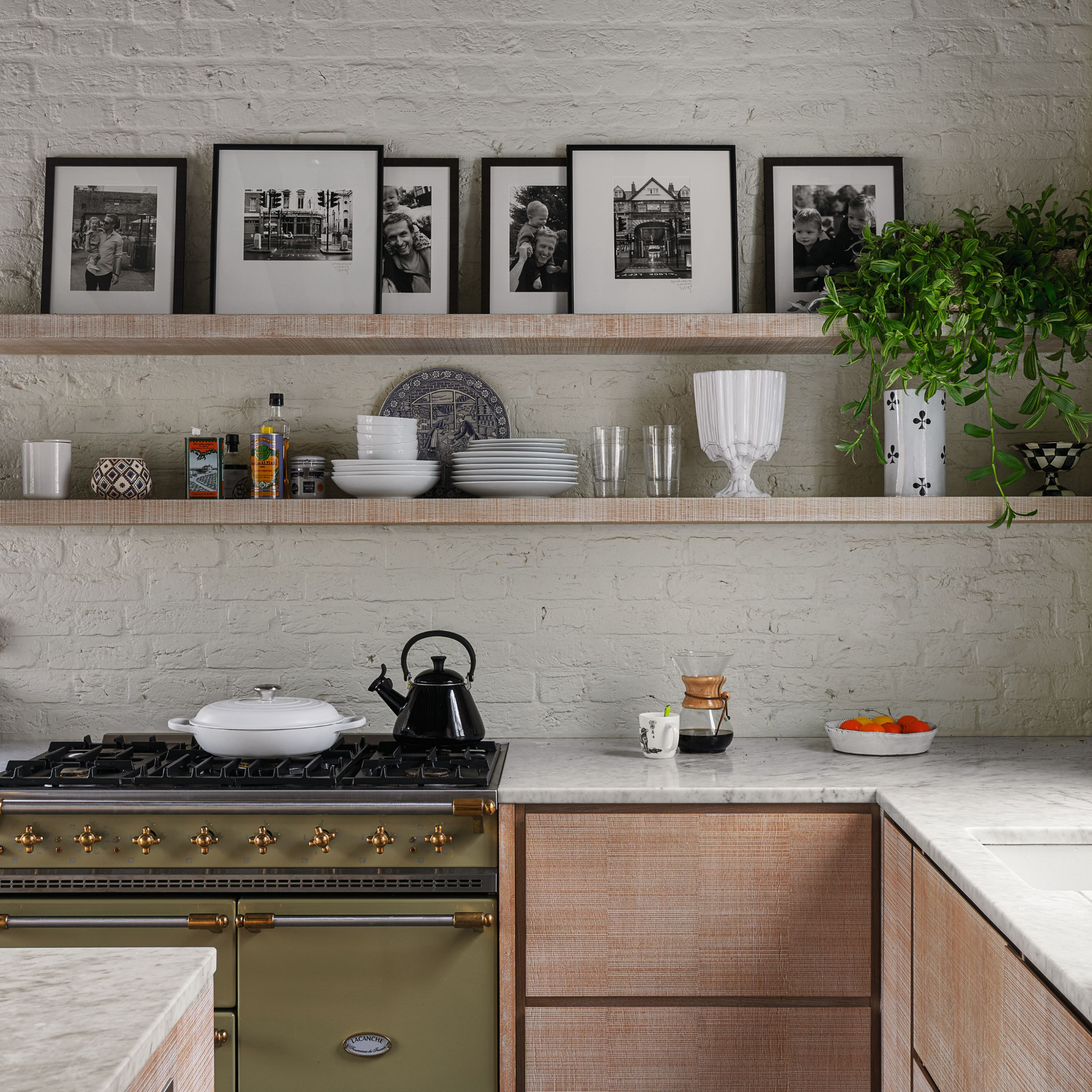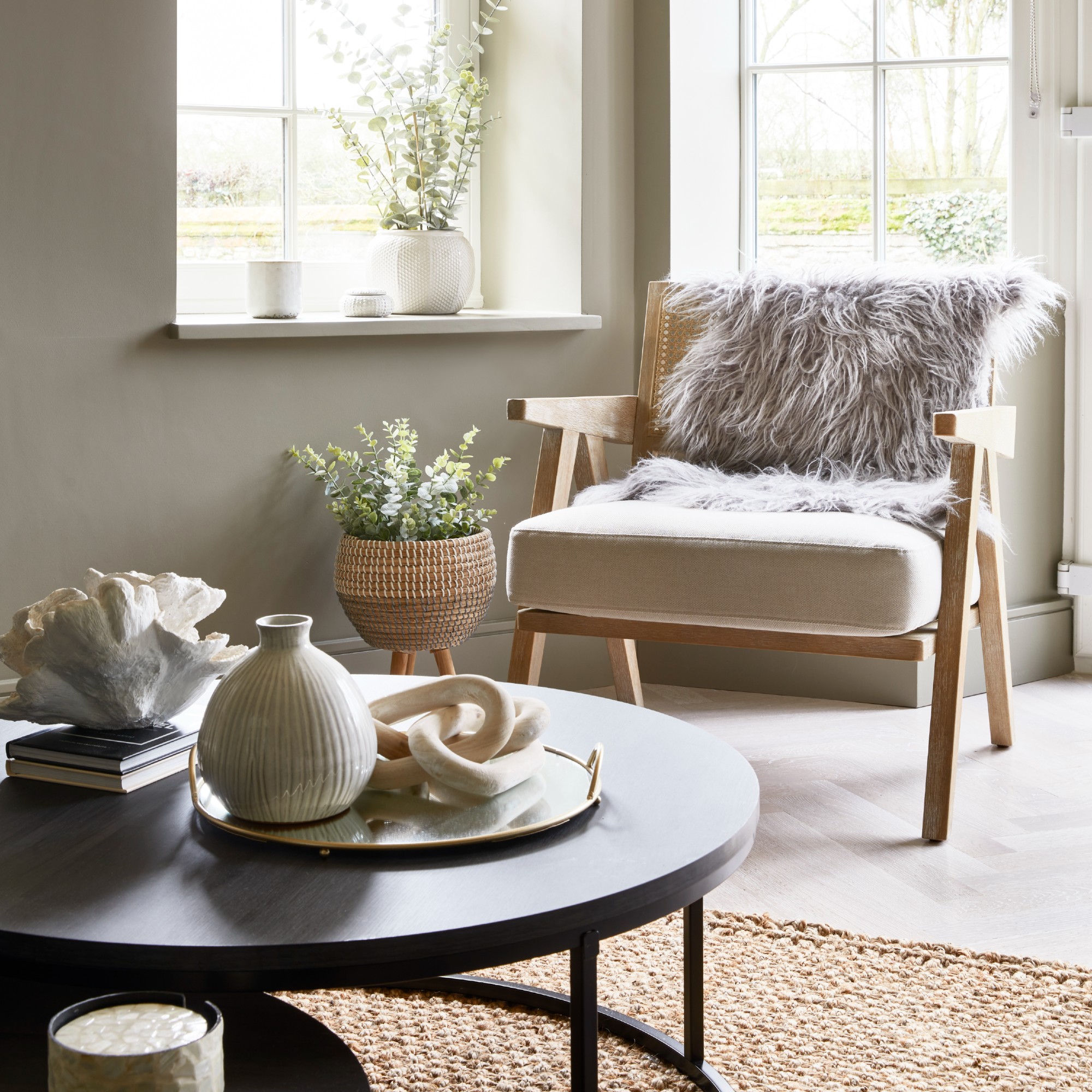
As we move into the new year, one of your resolutions or goals might have been to get decluttering, and you’re not the only one. Every year brings a host of new decluttering trends and we've already seen many new ones popping up on social media.
Decluttering methods have been going viral across social media, giving us plenty of inspiration to part with items that we’ve been holding onto for far too long. From unworn clothing and accessories to expired foods and beauty products, there are plenty of things to declutter in January alone.
While decluttering can often feel like an enormous task, particularly if you have a lot of items that you’re hoping to part with, the key is to break it down into manageable tasks and not to overwhelm yourself by attempting to get it all done in one day or afternoon. We’ve even put together a handy decluttering calendar to take some of the stress out of planning what to tackle and when.
But if you're looking for a new approach to talking your clutter these are the 5 decluttering trends that the experts have seen people gravitate towards as we move into 2025, which also just so happen to be trending on social media.
1. Reverse decluttering

We’re all familiar with choosing what to part with as we declutter, but it can sometimes feel overwhelming particularly if there is a specific area or category that could do with being seriously streamlined. But, this is where reverse decluttering comes into play.
Instead of holding an item and taking the time to decide whether you use it or want to keep it – and the time that this can take – ‘people pack items away and only retrieve what they actively use within a set timeframe and anything that remains packed is cleared away,’ proposes Lucette James Roberts, Director of Sanctuary Bathrooms.
In most cases packing away non-essentials or items that you don’t necessarily use everyday is best for this method. And it’s basically a decluttering method that works in the background, without you having to spend too much time or energy on it. Lucette does recommend a period of three months for this technique, and whatever isn’t touched or reached for can be removed from your home.
2. The 12-12-12 method
We’re already big fans of the 12-12-12 method, but it’s once again gaining momentum online. Essentially it’s as easy as finding 12 items in your home to donate, 12 to throw away and 12 to return to their proper place.
‘This method is great as you can quickly address 36 items and organise your living space efficiently,’ admits Rebecca Baddeley, Head of Home Design at JD Williams. Not only does getting into the habit of returning items to where they belong help you keep your home looking much tidier, but there’s no limit to how many times you use this method. We personally recommend doing it once each season but if you have a lot to get rid of, you could even do it once a month to make a real impact to your space in 2025.
@theorganizedwallet ♬ Chrysanthemum Tea - Prod. By Rose
3. The one in, one out rule
‘The ‘one in, one out’ rule is not necessarily a new term, but it has resurfaced in recent months on social media, and is set to be a big trend for managing the volume of things you own in 2025,’ explains Sam Greig, Head of Design at Swoon.
As the name suggests, whenever you’re thinking about buying a new item – whether that’s a new item of clothing, piece of decor or even something like a new lipstick or moisturiser – you must get rid of an item, most typically in the same category. This can be especially handy if you’re prone to buying multiples of certain items.

According to Sam, ‘it is an effective way to ensure that your space remains curated and prevents overcrowding. Plus, it encourages intentional choices, as each new addition must justify replacing an existing item, fostering a cohesive and clutter-free mindset.’
While Vlatka Lake, Storage Expert at Space Station, agrees that ‘this method aims to keep your habits front-of-mind and help you keep on top of clutter permanently, making it a much more manageable endeavour for those struggling to stick to a plan.'
4. The 1-3-5 method
Great if you’re looking to break down your decluttering into smaller and more manageable chunks, the 1-3-5 decluttering method sees you tackle one large task, three medium ones, and five smaller ones each day. This ‘keeps the process achievable without being exhausting – and before you know it, you’ll have a clutter-free space to enjoy,’ says Victoria Benini, Interior Expert and Buyer at Harbour Lifestyle.
‘By focusing on one step at a time, you’ll feel less overwhelmed and more empowered to create the space you truly want,’ she continues. So, if you’ve been put off by how much you have to declutter or don’t want it to eat up a full day of your time, breaking it down like this can give you the added incentive you need to tackle some of the smaller and bigger jobs on your decluttering checklist.

5. The reverse hanger trick
One of the simplest but most effective decluttering techniques, which should also give you a better insight into your own personal style and what you reach for day in, day out, is the reverse hanger trick.
All you have to do is ‘hang all your clothes with the hangers facing the opposite direction,’ Sam Tamlyn, Managing Director and Interiors Expert at Shutterly Fabulous, explains. ‘Then, when you revisit your wardrobe a year later, any clothes still on hangers facing the wrong way will indicate they haven’t been worn. This can help you assess which items to let go of.’
Because of its nature, we like that you don’t need to spend hours decluttering throughout the course of the year but instead can easily assess which items have been worn and which haven’t either at the end of the year or as you switch out your spring/summer pieces for autumn/winter and vice versa.
@emmalouisestyling ♬ Satellite - Harry Styles
What to do with the items you declutter
Once you’ve identified the items that you’re happy to part with, it’s time to consider how to get rid of items after a declutter.
Certain items, which are still in good or brand new condition, could be sold on platforms such as eBay, Vinted or Depop. But you do need to remember that you’ll still have to find somewhere to store these items while you wait for them to sell. Alternatively, you can donate them to a local charity shop.
‘When contemplating whether to donate your items to a charity shop or dispose of them, consider this simple question: Would you be happy to receive an item in its current condition?’ Rachel suggests. ‘For instance, a small hole in an otherwise perfectly good wool jumper can be easily repaired by someone who appreciates it. On the other hand, a t-shirt with stubborn stains may be better suited for recycling rather than donation.’
You could also offer your unwanted items for free through local sharing apps or neighbourhood groups, or reach out to friends or neighbours to see if they are interested in taking them off your hands. And for items that can’t be passed on, it’s imperative to dispose of them in a responsible way. Some might be able to be recycled, whereas others will need to be handled in different ways. ‘Be sure to research your local council’s recycling guidelines to ensure that you’re disposing of items in an environmentally friendly way,’ Rachel concludes.







